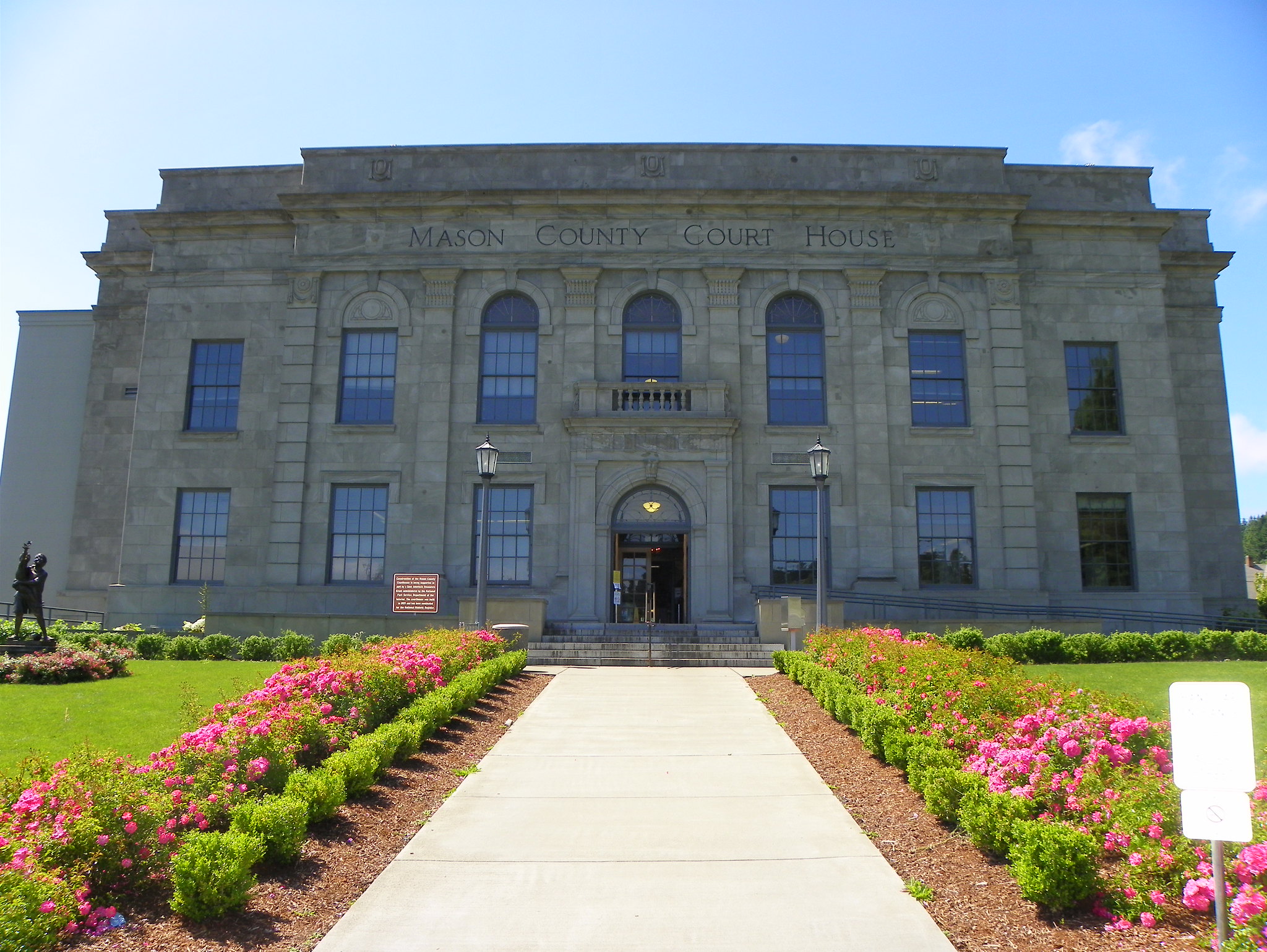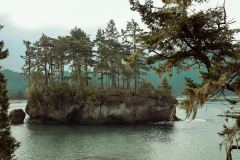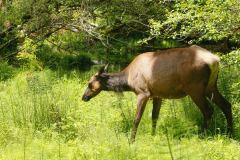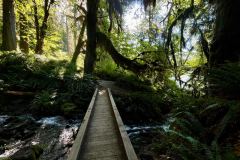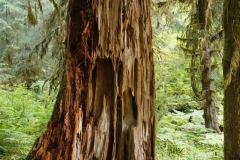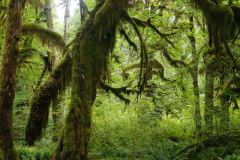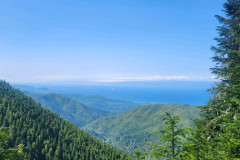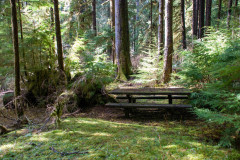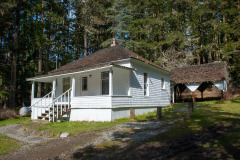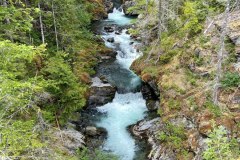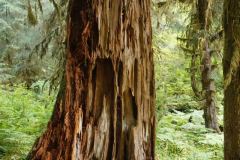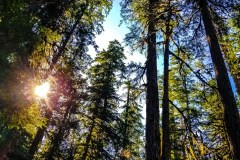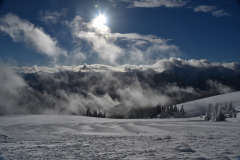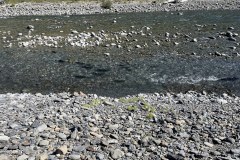Every year it seems for as long as I can remember property taxes have increased.
Did you know that doesn’t have to be the case?
In this article you’ll learn if you qualify to save hundreds if not thousands of dollars EVERY YEAR!!
For the rest of your life!
There are available tax relief programs for senior citizens and people with disabilities in Mason County, Washington. If you qualify, you would receive a reduction in the amount of property taxes due. The amount of the reduction is based on your income, the value of the residence, and the local levy rates.
You may qualify for this reduction if, as of December 31, you are either at least 61 years of age or older, retired from regular gainful employment due to a disability, or a veteran of the armed forces of the United States receiving compensation from the United States Department of Veteran Affairs with a combined service-connected evaluation rating of 80% or higher or with total disability rating for a service-connected disability without regard to evaluation percent.
You must also own and occupy your primary residence in the state of Washington and have a combined disposable income of $55,000 or less.
So if you think you qualify for a reduction on your property taxes in Mason County, schedule an appointment with us today and we will help you get this benefit fast.
The county determines your property taxes by calculating the assessed value and the levy rate on your property. For example, if the assessed value of your property is $150,000 and the levy rate is $11 per $1,000 of value, your estimated taxes are $1,650.

As of this writing, the average property tax rate in Mason County is reportedly 0.93%, lower than the state average of 1.01%.
Property taxes in the county are due on April 30 each year. If you have taxes that are $50 or more, you can pay them in two installments, with the half being due on or before April 30 and the second half due on or before October 31 of each year.
Take note that the county will not give you grace period for these due dates. If these are not paid on time, you will get penalty charges.
You can lessen the burden on your property taxes by taking advantage of Mason County’s tax relief programs. Schedule an appointment with us.
About Mason County
Mason County, located in the state of Washington, has a population of 65,726 as per the 2020 census1https://en.wikipedia.org/wiki/Mason_County,_Washington. Originally named Sawamish County, it underwent a name change in 1864 to honor Charles H. Mason, the first Secretary of Washington Territory.
According to the 2010 census, the county had a population of 60,699, with 23,832 households and 16,057 families residing within its borders. The population density was recorded at 63.3 inhabitants per square mile, with 32,518 housing units at an average density of 33.9 units per square mile. Mason County’s demographics and housing characteristics provide insight into its community makeup and residential landscape.
Places You Can Visit
Hood Canal
Hood Canal, a fjord forming the western lobe of Puget Sound in Washington, is a natural feature and one of the minor bodies of water contributing to the Salish Sea. Unlike its name implies, Hood Canal is not an artificial waterway but a naturally occurring fjord.
The shores of Hood Canal host several state parks, including Belfair, Twanoh, Potlatch, Triton Cove, Scenic Beach, Dosewallips, and Kitsap Memorial, offering opportunities for various outdoor activities such as swimming, boating, fishing, and shellfish gathering. The Theler Wetlands, situated at the canal’s tip in Belfair, provides a protected environment for marsh and estuary birds and plants, featuring several miles of trails for visitors to explore.
Numerous small towns line the length of Hood Canal, particularly along its western shore. These towns serve as gateways to outdoor recreation opportunities within the Olympic National Forest and Olympic National Park. Notable areas include Staircase Campground and Hama Hama Recreation Area, providing access to extensive hiking trails through quiet, lush forests.
Hood Canal stands as a scenic and diverse region offering both coastal and inland recreational experiences.
Lake Cushman
Lake Cushman, a 4,014.6-acre lake and reservoir nestled on the north fork of the Skokomish River in Mason County, Washington, originated as a glacial trough dammed by a terminal moraine during the Vashon Glaciation. Renowned for its crystal-clear blue waters, large round rocks, and lush surroundings of hemlock, fir, and cedar trees, Lake Cushman is a popular retreat for outdoor enthusiasts.
The lake’s shoreline is dotted with resorts and rental cabins, catering to those seeking hiking, fishing, boating, and kayaking experiences. Numerous hiking trails, such as the Big Creek Campground Trail, Copper Creek Trail, Dry Creek Trail, and Mt. Ellinor Trail, offer exploration opportunities within the Lake Cushman area.
Lake Cushman is a year-round fishing destination stocked with Kokanee salmon and Cutthroat trout. Skokomish Park provides a boat ramp with three paved ramps for lake access, along with boat rentals. Swimming, boating, kayaking, and cliff jumping are among the favored activities for visitors, and public access points are available at Skokomish Park and Lake Cushman Resort. The lake stands as a scenic haven offering diverse recreational possibilities for nature lovers.
Mason Lake
Mason Lake, a natural elongated lake located south of Belfair in Mason County, Washington, is named after Charles H. Mason, the first secretary of Washington Territory. Situated on the isthmus of the Kitsap Peninsula between Hood Canal and Pickering Passage of the Case Inlet, Mason Lake shares its space with the smaller Benson Lake to the east.
Initially established as a summer vacation community, Mason Lake has become synonymous with recreational activities such as power boating, jet skiing, and water skiing. The lake features a county park offering picnic areas and a boat launch for public access, though swimming is primarily limited to private access parks and residences. The single-lane boat launch is noted for its steeper incline, and winches may encounter issues if in the locked or retrieval state.
Mason Lake is a habitat for diverse wildlife, including bald eagles, ring-necked pheasants, robins, ducks such as mallards, canvasbacks, and ruddy ducks, as well as otters, divers, killdeer, and great blue herons. The lake is also home to various fish species, including rainbow trout, largemouth bass, yellow perch, brown bullhead catfish, and northern pikeminnow.
Mason Lake stands as both a recreational hub and a thriving ecosystem, offering a blend of outdoor activities and natural diversity.
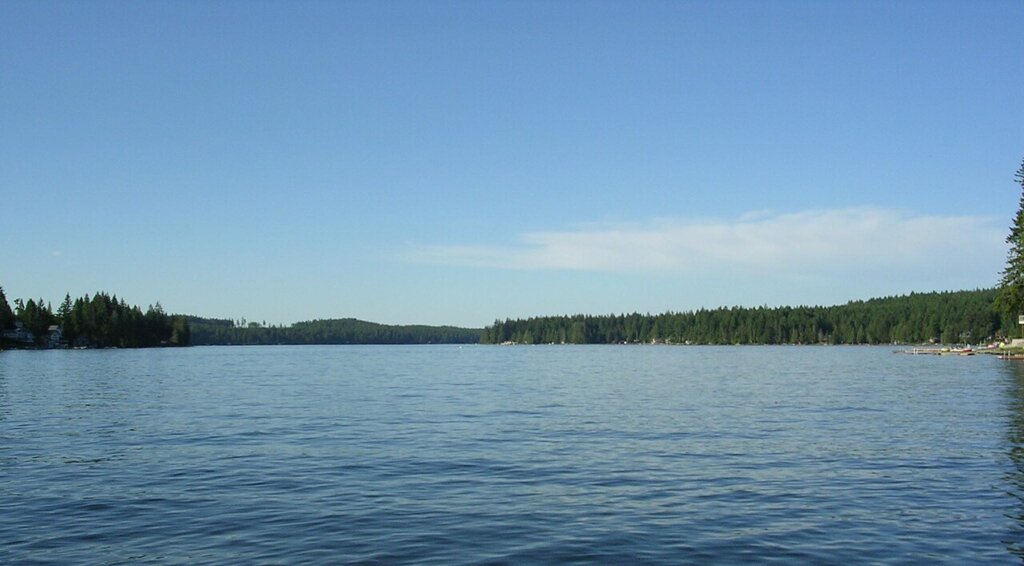
Olympic Mountains
The Olympic Mountains, situated on the Olympic Peninsula in the Pacific Northwest of the United States, form a part of the Pacific Coast Ranges. Despite not reaching especially high elevations—Mount Olympus being the highest summit at 7,980 ft (2,432 m)—these mountains are characterized by the dramatic rise of their eastern slopes from sea level, directly overlooking Puget Sound. On the western side, they are separated from the Pacific Ocean by a low-lying 20 to 35 km (12 to 22 mi) wide coastal plain. These densely forested western slopes are renowned as the wettest location in the 48 contiguous states.
Most of the Olympic Mountains fall within the protected boundaries of Olympic National Park, along with adjoining segments of the Olympic National Forest. This designation ensures the preservation of the diverse ecosystems, lush forests, and unique geographical features within the range.
The Olympic Mountains stand as both a natural wonder and a protected haven for biodiversity, offering a striking contrast between their coastal and interior landscapes.
Puget Sound
Puget Sound, a distinctive feature of the Pacific Northwest, stands as an inlet of the Pacific Ocean and constitutes a vital part of the Salish Sea. Situated along the northwestern coast of Washington state, Puget Sound is a complex estuarine system characterized by interconnected marine waterways and basins. The sound boasts a unique geography with one major connection and two minor connections to the open Pacific Ocean. Admiralty Inlet serves as the primary linkage, while Deception Pass and Swinomish Channel represent the minor connections. This intricate marine environment plays a crucial role in the region’s ecology and serves as a hub for diverse marine life, contributing to the overall richness of the Salish Sea ecosystem.
Totten Inlet
Totten Inlet, located in the southern end of Puget Sound in Washington state, stretches 9 miles southwest from the western end of Squaxin Passage, with much of the county line between Mason and Thurston counties running through its center. A spit extends westward from Steamboat Island for approximately 300 feet. The inlet gradually shoals toward Burns Point, a 100-foot high point on the south shore that becomes exposed at low tide.
Named by Charles Wilkes during the Wilkes Expedition of 1838–1842, Totten Inlet honors George M. Totten, a midshipman on the expedition. The name also extends to Totten Glacier on the Budd Coast of Antarctica, recognizing George Totten’s contributions to exploration.
Totten Inlet is characterized by its scenic coastline and geographic features, contributing to the rich natural tapestry of Puget Sound.
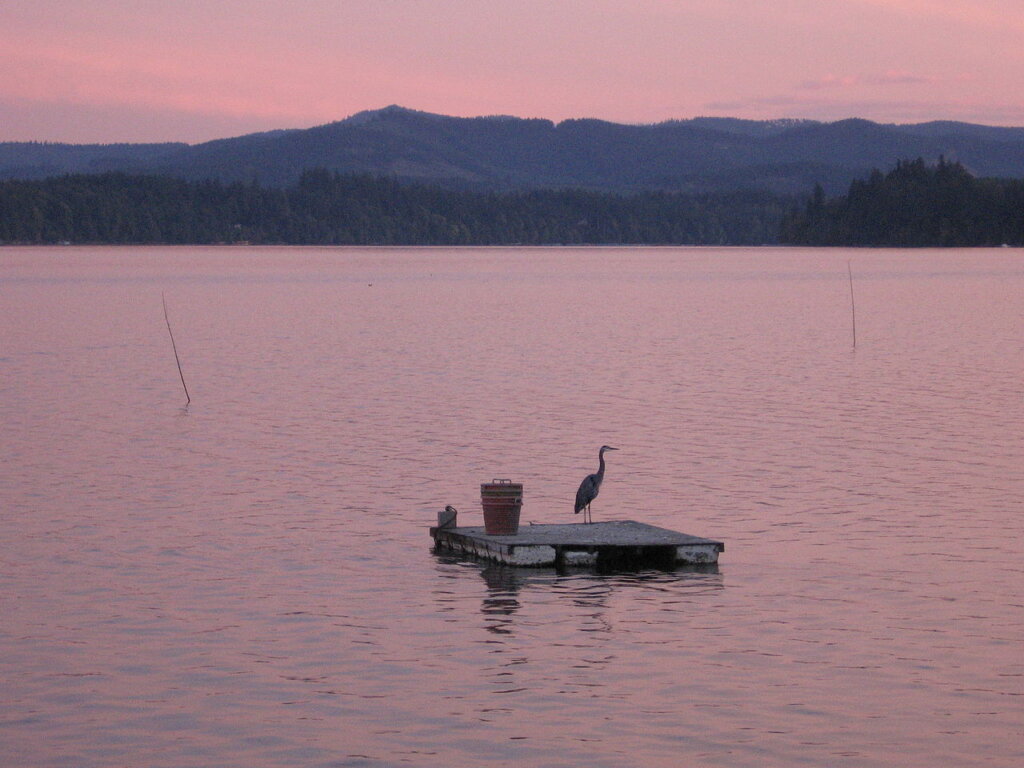
Olympic National Forest
Olympic National Forest, situated in Washington, USA, is a vast U.S. National Forest covering an expanse of 628,115 acres (2,541.89 km2). Encompassing nearly the entirety of Olympic National Park and the Olympic Mountain range, the forest extends across parts of Clallam, Grays Harbor, Jefferson, and Mason counties. The diverse landscape within Olympic National Forest showcases the region’s natural beauty, ranging from the temperate Olympic rainforest to the saltwater fjord of Hood Canal, and up to the peaks of Mt. Washington. This expansive forest is a haven for various ecosystems, providing a range of outdoor recreational opportunities and contributing to the ecological richness of the surrounding Olympic Peninsula.
Olympic National Park
Olympic National Park, located on the Olympic Peninsula in Washington state, is a diverse and expansive United States national park with four distinct regions: the Pacific coastline, alpine areas, the west-side temperate rainforest, and the forests of the drier east side. Within its boundaries, the park encompasses three distinct ecosystems, including subalpine forests and wildflower meadows, temperate forests, and the rugged Pacific coast.
The park offers a network of hiking trails, providing access to the varied landscapes, though the size and remoteness often require more than a weekend to explore the high country in the interior. Notable features include the lush sights of the rainforest, characterized by vibrant plant life and a myriad of green hues. Backpacking along the beach is a unique opportunity, with the extensive coastline allowing for multi-day trips.
Winter activities are abundant at Hurricane Ridge, featuring winter sports such as skiing and snowboarding. The Hurricane Ridge Winter Sports Club operates the Hurricane Ridge Ski and Snowboard Area, providing lessons, rentals, and affordable lift tickets. The park’s backcountry terrain is accessible for winter sports enthusiasts when Hurricane Ridge Road is open.
For water enthusiasts, rafting is available on the Elwha and Hoh Rivers, while boating is common on Ozette Lake, Lake Crescent, and Lake Quinault. Fishing is permitted in various rivers within the park, and although a fishing license is not required, certain restrictions apply, such as the release of bull trout and Dolly Varden trout if incidentally caught.
The Hurricane Ridge viewpoint offers stunning views of Olympic National Park, and the road leading west from the visitor center provides access to picnic areas, trailheads, and the popular Hurricane Hill trail. The park, with its diverse ecosystems and recreational opportunities, stands as a testament to the natural beauty of the Olympic Peninsula.

